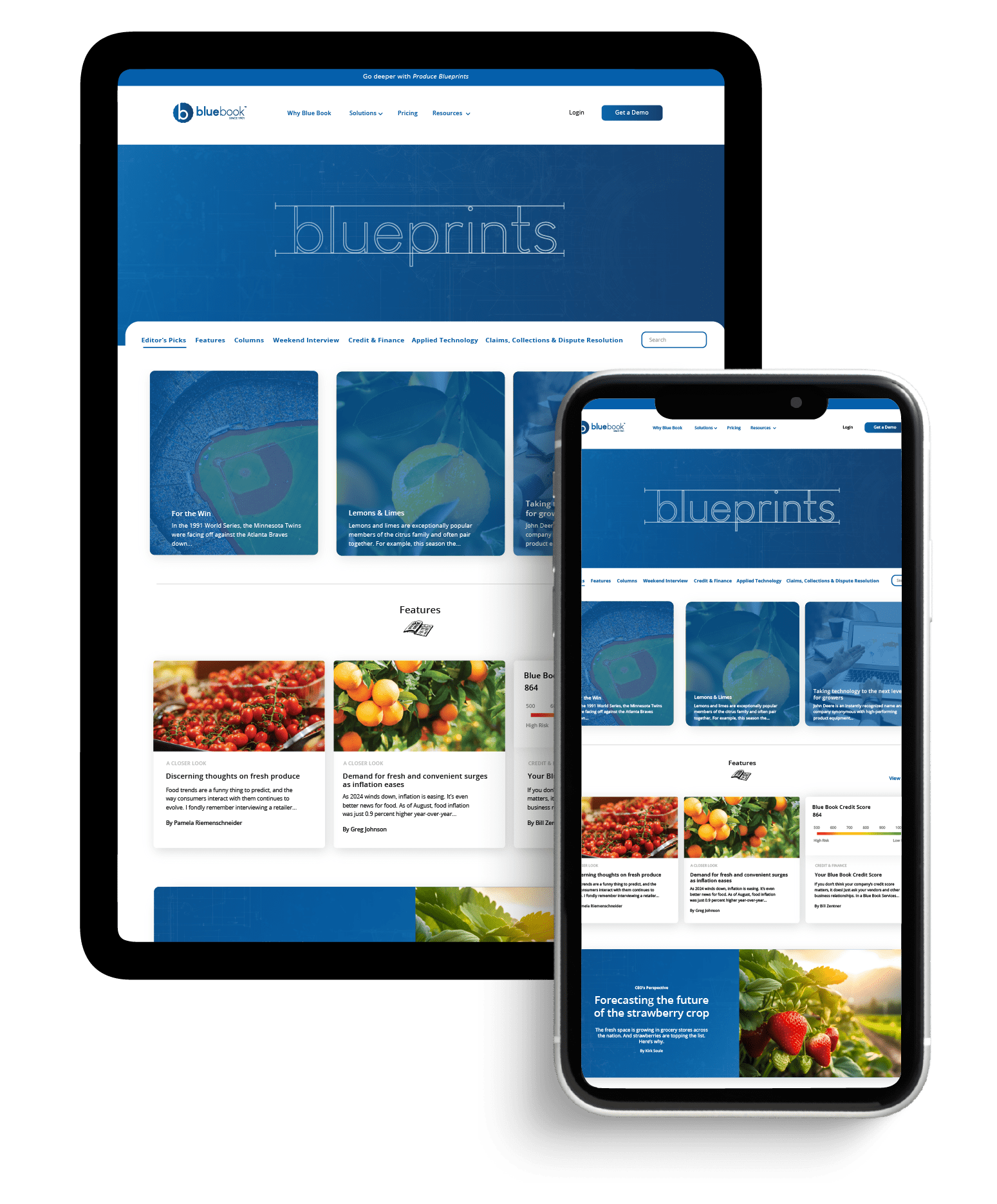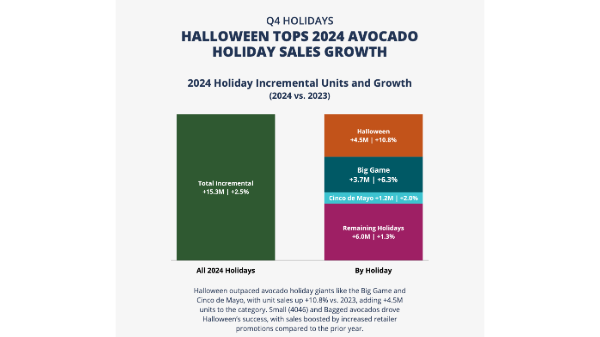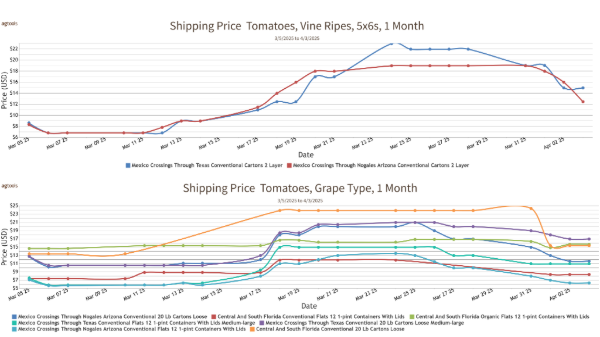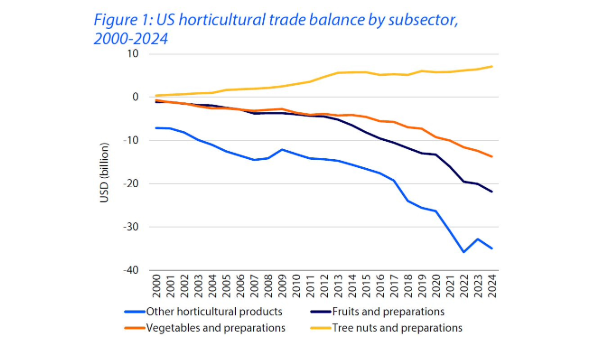Welcome to Blue Book!
Are you ready to join the thousands of companies who rely on Blue Book to drive smarter decisions? View our plans and get started today!
Still have questions? We’d love to show you what Blue Book can do for you. Drop us a line– we’ve been waiting for you.
In the fresh produce world, risk is an inherent part of business. From weather variations in the field to unpredictable demand, a host of potential hazards exist. As a result, there is always a chance something will happen to negatively impact your business. This uncertainty and the possibility of incurring a loss are the essence of risk.
Supply chain disruptions are a substantial source of risk for all produce companies. These unplanned and unanticipated events—delivery delays, temperature spikes, product theft, and the like—impede the normal flow and availability of goods. As a consequence, the disruption exposes the company and its partners to operational failures, inventory shortages, and financial losses.
To avoid such perils, highly effective supply chain professionals take the time to understand and mitigate potential risks. They also develop contingency plans to quickly recover from disruptions should they become a reality. Collectively, developing this knowledge and preparing for inevitable challenges are the keys to managing supply chain risk.
Types of Risk
There are many ways to categorize risks, such as their likelihood of occurrence or potential magnitude. It’s even possible to classify risks according to that infamous 2002 speech by U.S. Department of Defense Secretary Donald Rumsfeld about “known knowns, known unknowns, and unknown unknowns.” A highly logical way to analyze risk is by the source—internal versus external.
Internal risks are generated by the actions and inactions of a company’s management team. Potential in-house challenges are often overlooked or underestimated as the team focuses its attention on major external incidents and culprits. Instead, managers must realize that internal risks can become disruptive realities if not properly understood and addressed.
These internal risks exist across the organization. In their article “Six Steps to Managing Risk,” authors James Kiser and George Cantrell identify four types of internal risks: (1) manufacturing risks from poor production processes and control; (2) business risks from ineffective personnel or the use of inappropriate or risky strategies; (3) planning and control risks from poor forecasting and assessments; and (4) mitigation and contingency risks when the organization fails to properly analyze its exposure and determine appropriate countermeasures.
Supply chain challenges are present in each internal risk category, according to a variety of produce industry experts who shared their insights for this article. For example, a shortage of qualified labor can be a significant source of manufacturing/production risk. “There’s a huge risk if you don’t have a consistent workforce,” says Dan Vaché, vice president of supply chain management for United Fresh Produce Association. “You need qualified people to do the work whether it’s in the field, the packing facility, or the loading dock.”








